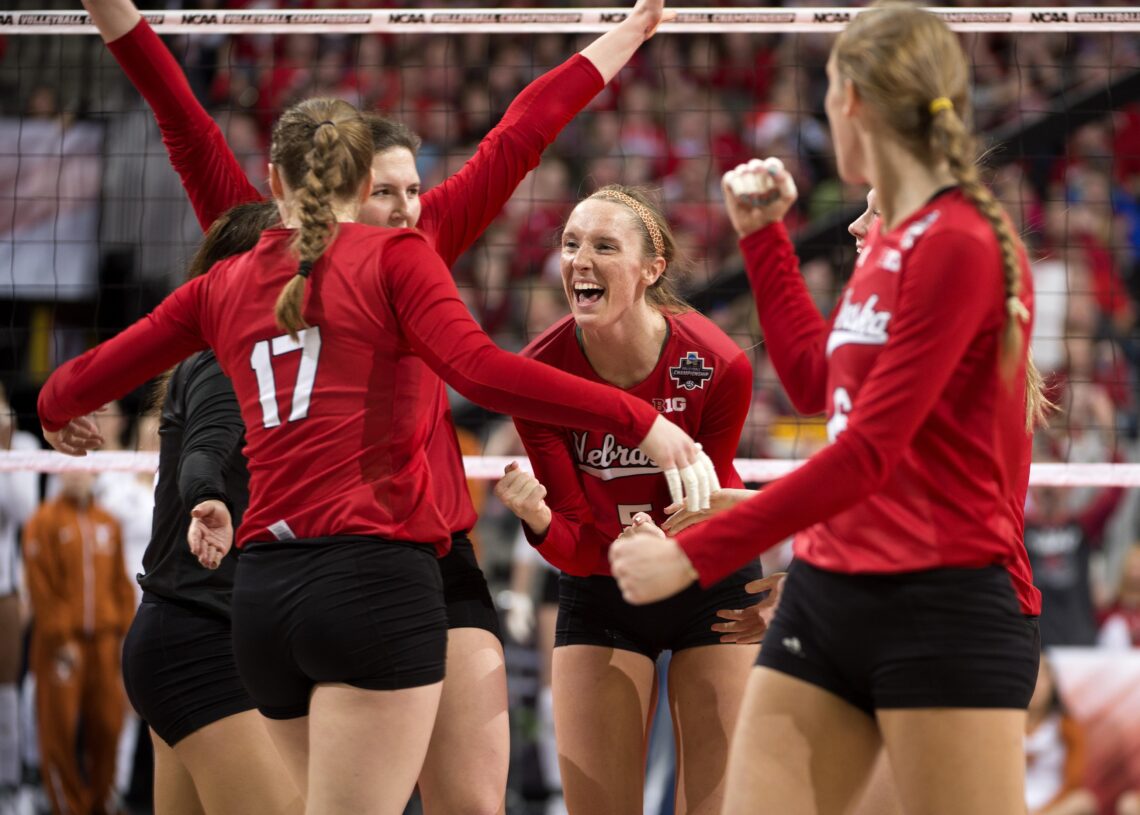Title IX: From Obscurity to a Game Changer for Women’s Sports
Title IX’s impact on women’s sports is undeniable. Evolving from a mandate for gender equity in education, it has become a catalyst for unprecedented growth in women’s athletics.
The Meteoric Rise of Women’s Sports Participation
Title IX, enacted to ensure gender equity in educational programs, including sports, has dramatically reshaped women’s athletics. The rise in participation is a direct result of this landmark legislation, with women now comprising a significant percentage of NCAA athletes. NCAA data demonstrates the growth in women’s sports.
| Year | NCAA Division I Women’s Sports Sponsorships | NCAA Division I Men’s Sports Sponsorships | NCAA Division I Women’s Athletes | NCAA Division I Men’s Athletes |
|---|---|---|---|---|
| 2023-24 | 4,235 | 3,792 | 120,864 | 142,753 |
Data source: NCAA Sports Sponsorship and Participation Rates Report 2024 (as cited in Goldman Sachs PWM “A New Era Dawns in Women’s Sports”) October 11, 2024
In the 2023-24 academic year, NCAA Division I institutions sponsored 4,235 women’s sports programs, surpassing the 3,792 programs for men. This commitment to women’s sports is reflected in the participation numbers, with 120,864 female athletes competing, highlighting Title IX’s role in creating opportunities.
Record Viewership, Endorsement Deals and Mainstream Recognition
Women’s sporting events have seen unprecedented attendance and television viewership. Athletes are achieving mainstream recognition, demonstrating the growing popularity and marketability of women’s sports. This increased visibility is crucial for long-term sustainability and investment. However, progress is not without its challenges. Debates surrounding transgender athlete participation and revenue-sharing structures continue to shape the discourse. These ongoing discussions highlight the complexities of ensuring true equity and fairness in sports. Recent federal actions underscore the contested interpretation of Title IX.
Breaking Barriers: Women’s Ascent in Coaching
The journey toward equality in sports coaching has seen significant strides recently. Women are increasingly breaking into roles traditionally held by men, demonstrating their expertise and passion for the game. This progress signals a shift in attitudes and opportunities within the sports world.
Increasing Female Coaches in Major Leagues
Major sports leagues are witnessing a rise in the number of female coaches. For instance, the upcoming NFL season showcases a record number of fifteen full-time female coaches, marking considerable growth in recent years. Other leagues, such as MLB, NBA and NHL are also seeing increasing numbers of female coaches.
The NFL leads the way with 15 female coaches across 10 teams for the 2024-2025 season, with the Baltimore Ravens having the most, with three female coaches on staff. MLB had over 43 female coaches in 2023, while the NBA has 5 active female coaches in the 2024-2025 season. The NHL has at least one female coach in 2024, with the Seattle Kraken leading the charge.
The Expanding Impact of Diversity
The integration of women into coaching roles is not just about diversity; it’s about bringing new perspectives and valuable expertise to the field. As visibility increases and organizations invest in developing women’s leadership, there is growing optimism that gender will eventually cease to be a defining factor in sports coaching. One team notably has three women on their staff and actively supports girls’ flag football programs. This commitment highlights the positive impact of having women in coaching positions.
Addressing the Divide: Pay Disparities in Women’s Sports
The world of professional sports showcases incredible athleticism, but a closer look reveals significant pay disparities. It is important to delve into the factors contributing to these gaps and explore the ongoing efforts to level the playing field for women athletes.
The Persistent Salary Divide
A noticeable difference exists in the earnings of male and female athletes. This disparity isn’t just about the numbers; it reflects deeper systemic issues within the sports industry. While progress is being made, the journey toward pay equity remains a significant challenge. Revenue generation plays a crucial role in determining athlete salaries. Leagues with higher viewership, sponsorship deals, and overall revenue often translate to larger player compensation packages. Examining how revenue is distributed and how women’s sports are represented in media coverage is key to understanding the pay gap.
Amplifying Voices: Media Representation of Female Athletes
The narrative surrounding female athletes is constantly evolving, influenced significantly by media representation. Examining current trends in viewership and engagement reveals how media coverage shapes public perception and fuels the growth of women’s sports.
The Surge in Viewership and Engagement
Women’s sports are experiencing a surge in popularity, reflected in increased viewership and engagement. This interest has been driven by talented athletes and strategic media investment, which is proving to be both socially impactful and commercially rewarding. The Women’s National Basketball Association (WNBA) has seen unprecedented growth. The average viewership during the regular season reached impressive numbers, and the All-Star Game was the most-watched ever, demonstrating the league’s growing appeal.
| League/Event | 2024 Average Viewers | % Change from Previous Year |
|---|---|---|
| WNBA Regular Season | 942,000 | +201% |
| WNBA (incl. NBA TV games) | 660,000 | — |
| WNBA All-Star Game | 3,400,000 | Most-watched ever |
Data source: Nielsen “Tops of 2024: Sports” December 16, 2024
Inspiring the Future: The Rise of Athletic Role Models
The world of sports is witnessing a remarkable shift, with women athletes not only excelling in their respective fields but also emerging as powerful role models. Their influence extends beyond the game, inspiring future generations and driving positive social change.
Q&A
Question 1: What significant impact has Title IX had on women’s sports?
Answer: Title IX, initially designed to ensure gender equity in education, has dramatically increased women’s participation in sports at the NCAA level. It has also led to increased viewership, recognition of female athletes, and greater overall visibility for women’s sports.
Question 2: Despite progress, what challenges remain in achieving gender equity in sports?
Answer: Significant challenges persist, including debates surrounding transgender athlete participation, unequal revenue sharing models, and the persistent pay gap between male and female athletes. The uneven distribution of coaching opportunities for women also highlights the ongoing struggle for true equity.
Question 3: What role does media representation play in achieving gender equity in sports?
Answer: Media coverage significantly shapes public perception of female athletes. Increased viewership and strategic media investment in women’s sports, particularly highlighted by the WNBA’s growth, are crucial for amplifying success and attracting sponsorships, ultimately contributing to greater financial equity.







